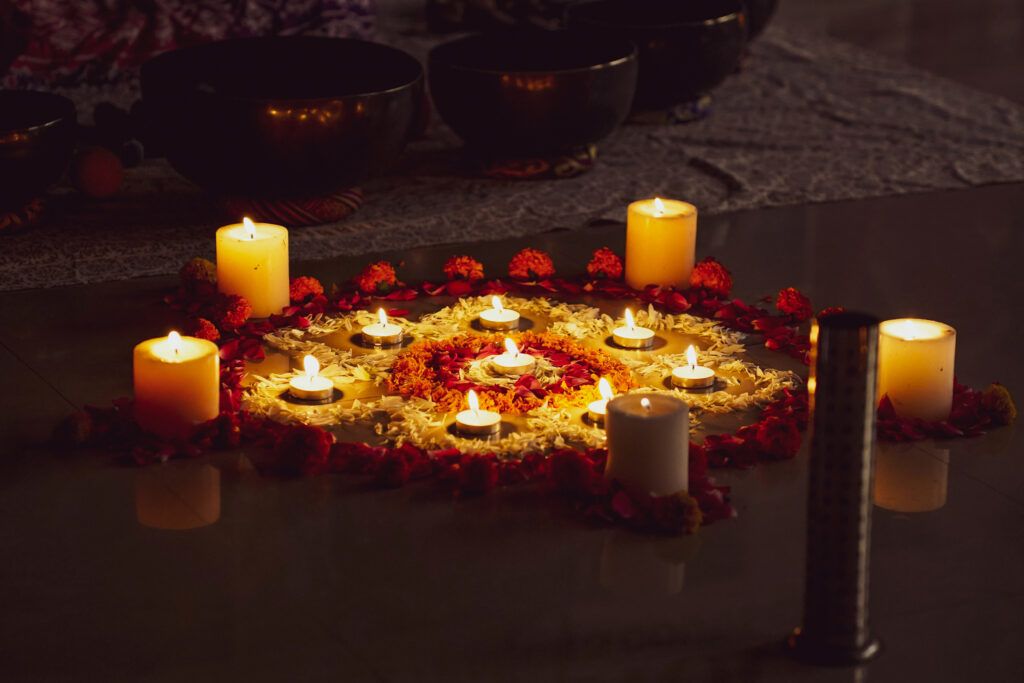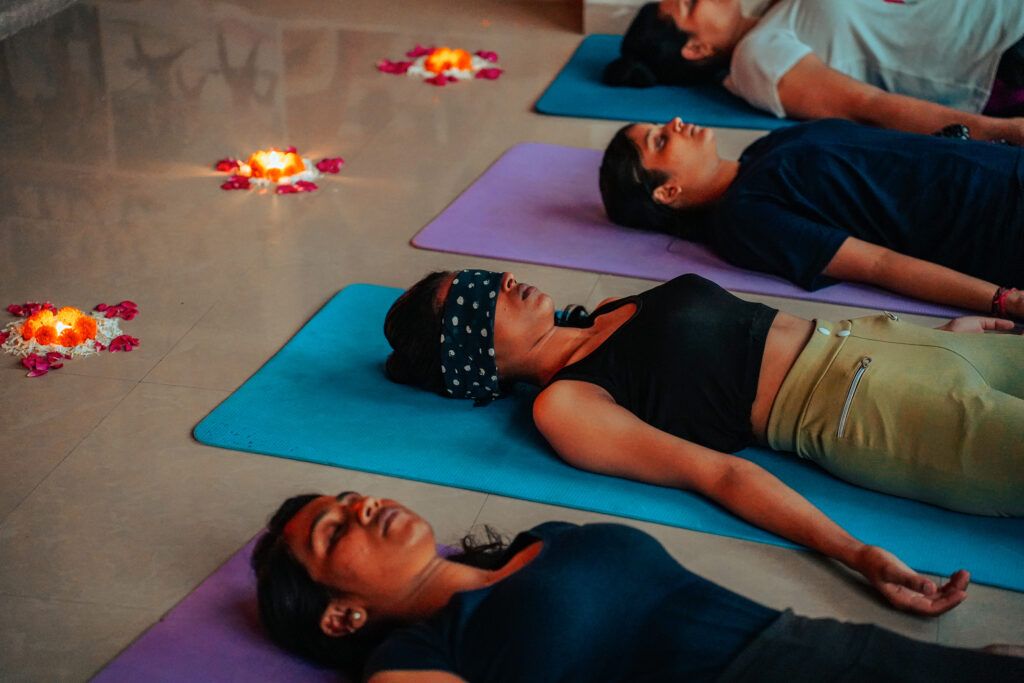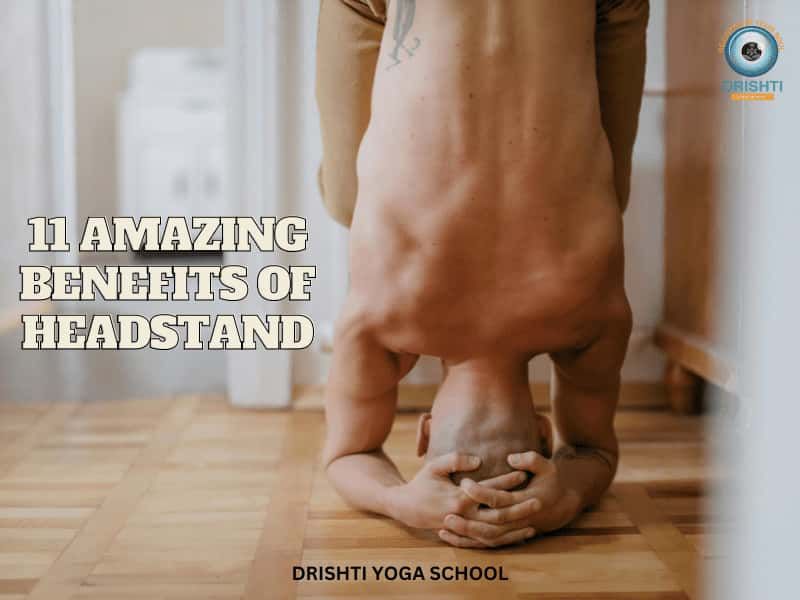Have you ever wondered what the 8 limbs of yoga mean and why Patanjali says that the 8 limbs are the key to liberation.
According to Patanjali’s Yoga Sutras, there is an eight-fold path leading to liberation, known as the ‘Ashtanga Yoga ‘ or ‘Eight Limbs of Yoga’ whereas the word ‘ashta’ means ‘eight’ and ‘anga’ means ‘limb’.
What are the 8 Limbs of yoga
1. Yama
2. Niyama
3. Asana
4. Pranayama
5. Pratyahara
6. Dharana
7. Dhyana
8. Samadhi

1. YAMA
Yama means a reflection of how you undo others the way you want others to undo you. The word Yama means “Restraint” or Simple words are the code of conduct for life. According to Hinduism, the god of death or justice is Yama. Yama teaches us to self-restrain ourselves from the non-violence of the world around us.
The Five Yama’s listed in Patanjali Yoga Sutras:
Ahimsa (non-violence)
The prefix ‘a’ means ‘not’ in Sanskrit and himsa means ‘violence’. It simply states the practice of non-violence or harming. We often wish to not be hurt by others either by actions or words, but we often are not conscious that we hurt others too by our actions and words. Hence practicing Ahimsa helps you to understand your inner self better.
Sathya (truthfulness)
Sat means ‘that which exists (the cosmic law of the universe)’. We have always been asked to speak Sathya or the truth from a very young age. Sathya means to accept or speak the truth as it is and not as how we wanted it to be. Practicing Sathya is easier but difficult when put into action. As the saying goes “ Speak the truth now or remain silent forever”. Choose to remain silent if your truth harms others.
Asteya (non-stealing)
Asteya is again a Sanskrit word. Where ‘a’ means ‘non’, ‘Steya’ means ‘stealing’. When often imagine stealing to be material things but according to the yoga sutras stealing is also applicable to ideas, emotions, work, withholding time or information, and many more. We often take credit for someone else’s work, and we do not acknowledge the efforts that were put in. Practicing Asteya is very important for every individual to discover their own self.
Brahmacharya (celebacy)
Brahmacharya is a stage of life when you offer yourself to God and indulge yourself in acquiring knowledge and are restrained from worthy pleasures. During the practice of Brahmacharya, you look deeper into your mind and find a balance between cravings and desires and hence you have freed your mind. A free mind is no longer controlled by emotions.
Aparigraha (non-grasping)
In Hinduism, Aparigraha is the virtue of non-possessiveness, non-grasping, or non-greediness. The word ‘Pari’ means ‘things’ and ‘Graha’ means to ‘grasp’ with the prefix it becomes Aparigraha means non-greed, non-possessiveness. Practicing Aparigraha in life we detach ourselves from the word “MINE”.
2. NIYAMA
Niyamas are the standards or duties set to practice ourselves. Niyamas are the inner observations of oneself. Self-disciplined is achieved by indulging the below niyama in life:
Saucha: The concept of Saucha is synonymous with Shuddhi. Saucha means cleanliness or purity. Clean your surroundings and clear your mind to find a pathway to the divine.
Santosha: Santosha means contentment or satisfaction. Imagined why people want more or often we are never satisfied with what we have which was once what we wanted. Living a life without the urge of I will be happy if……?? Accepting all that you have now in the present and being grateful for what you had in the past will keep you satisfied more than you can ever know.
Tapas: Tapas simply means Austerity. Tapas means the willpower to never give up and be consistent. We often drop out of any goal once it gets tougher. But the key is to keep going during the rough path till the tough gets going.
Swadhaya: Swadhaya literally means self-study. Often wonder why we land up in the same situation that hurt us before. No lesson is learned until we actually accept the mistakes and self-observe and are aware of not committing the same mistake again. Swadhaya also helps an individual to deepen the knowledge in the area of aspect that one desires.
Ishvara Pranidhana: Surrender to thee. When we realize that the divine is going to take care of us just believe and surrender yourself to that cosmic energy and you are already miles ahead than you know. When you surrender you give yourself all and expect nothing in return, but the bliss of life is a gift that one receives in return.
3. ASANA

Anything with keeping your spine straight with awareness is Asana. Asana is classified into physical activity. But even meditation is an asana practice where you are aware of your present and your spine is straight up your tailbone. Asana should always be performed with awareness and a sense of being in the present. Patanjali states that asana should be performed with the movement of ease and joy.
4. PRANAYAMA
Do you know that breathing is something that your body does with or without your command. Sometimes we breathe consciously and unconsciously, it’s voluntarily and involuntarily. But what is Pranayama? The word Prana means subtle life force and Yama means the code of conduct. Pranayama helps us to be aware of the breath we inhale and exhale along with the breath that we hold. Kumbhak is one of the breathing techniques where we prolong holding our breath between the inhale and exhale. Often the ratio of inhaling, holding, and exhaling is 1:4:2. Pranayama practiced every day has control over one’s central nervous system.
5. PRATYAHARA
Pratyahara is to take all the senses inwards or the sense of withdrawal. Practicing Pratyahara is the moment how we learn to respond and not to react. We often are entangled with thoughts, and we often react to a situation and later realize that it could have been handled better. During any situation hold your thoughts process them and respond only if necessary.
6. DHARANA
Seen or heard about sages or yogis meditating on a particular object or an idol of a deity and wondered what are they doing?
Dharana is a practice of concentration of the mind. A stillness in mind is observed during Dharana and you recognize the thoughts that cross your mind and then accept it. The power of humankind is the ability to think using our minds. Mind is always in duality, and we often know the right, but we still choose the wrong. Practicing Dharana helps you control your mind and find the stillness within you.
7. DHYANA
Dhyana is Meditation. Do you know that you are meditating each day without your knowledge? Lost while watching a game or while riding up the mountain, like you don’t seem to care about the past or even hunger? Yes, then you are meditating at that point. Dhyana means to live in the present moment with a sense of peace and stillness. Being aware of everything around you and still finding your peace and stillness in mind. Even today in the Himalayas, you find monks chanting a mantra or running the Rudraksha beads in their hands while they are still talking and communicating with the people around them. They are meditating at a higher level of the state. Dhyana is an experience and it’s different for each and every one. You can experience your own self with Dhyana.
8. SAMADHI

Samadhi means enlightenment. The yoga sutra by Patanjali states that “the one who has mastered the limbs of yoga will enter the next stage of life, Samadhi the state of being one with the Cosmic Law”. You start to live in the present without judgment and expectations indefinitely. An enlightened Being treats living as equal. You are in a state that has no desires. A journey of your Spiritual life is experienced. You are at BLISS.

